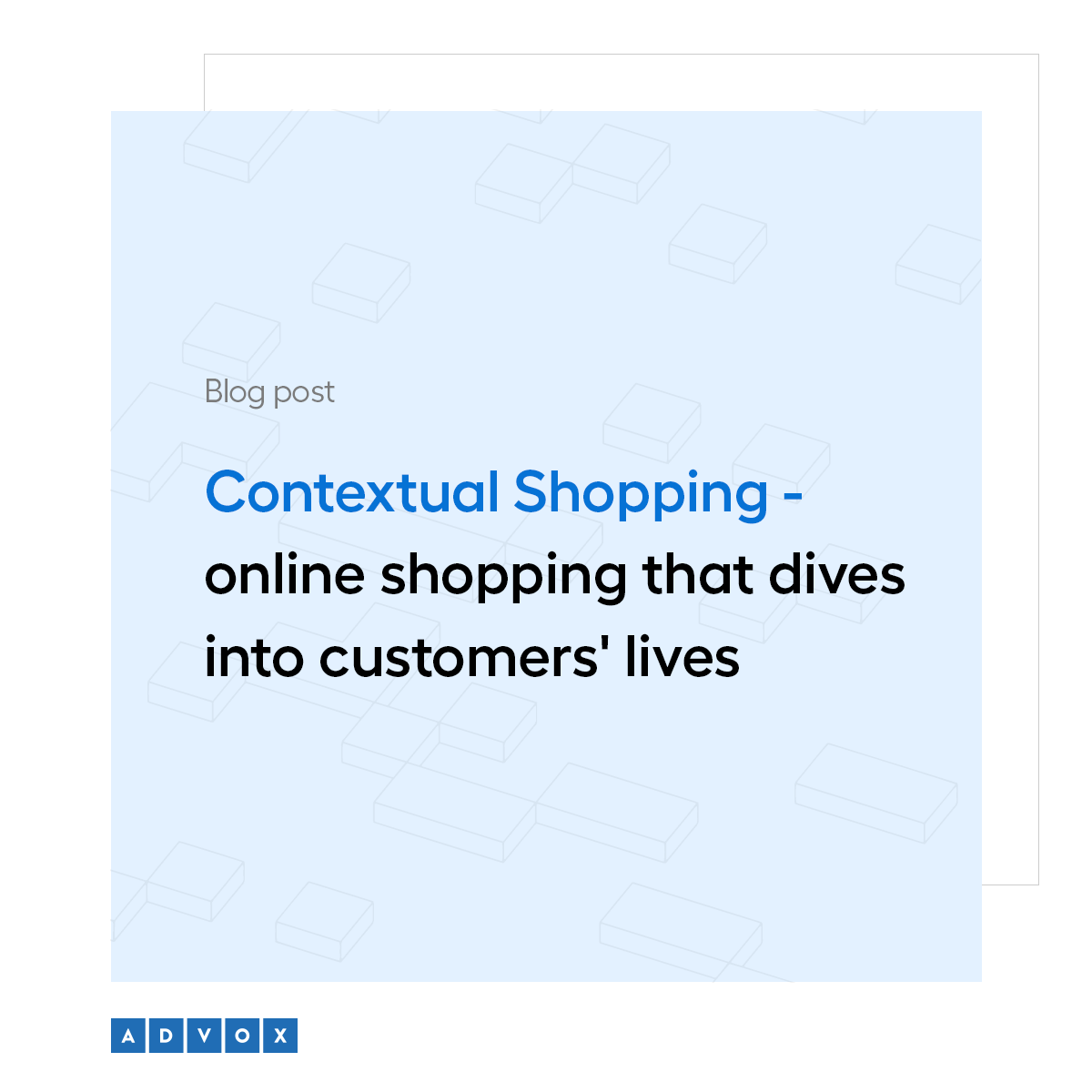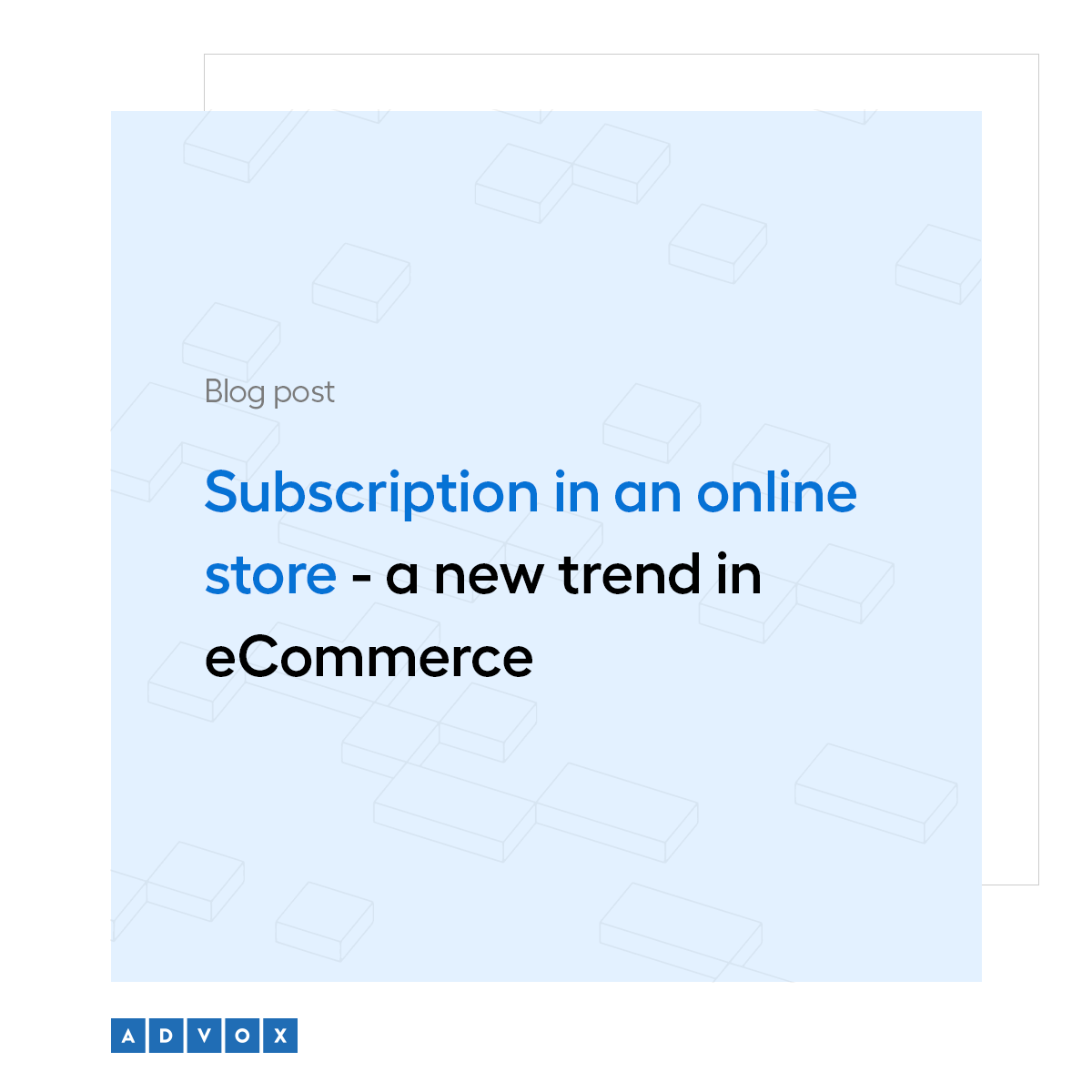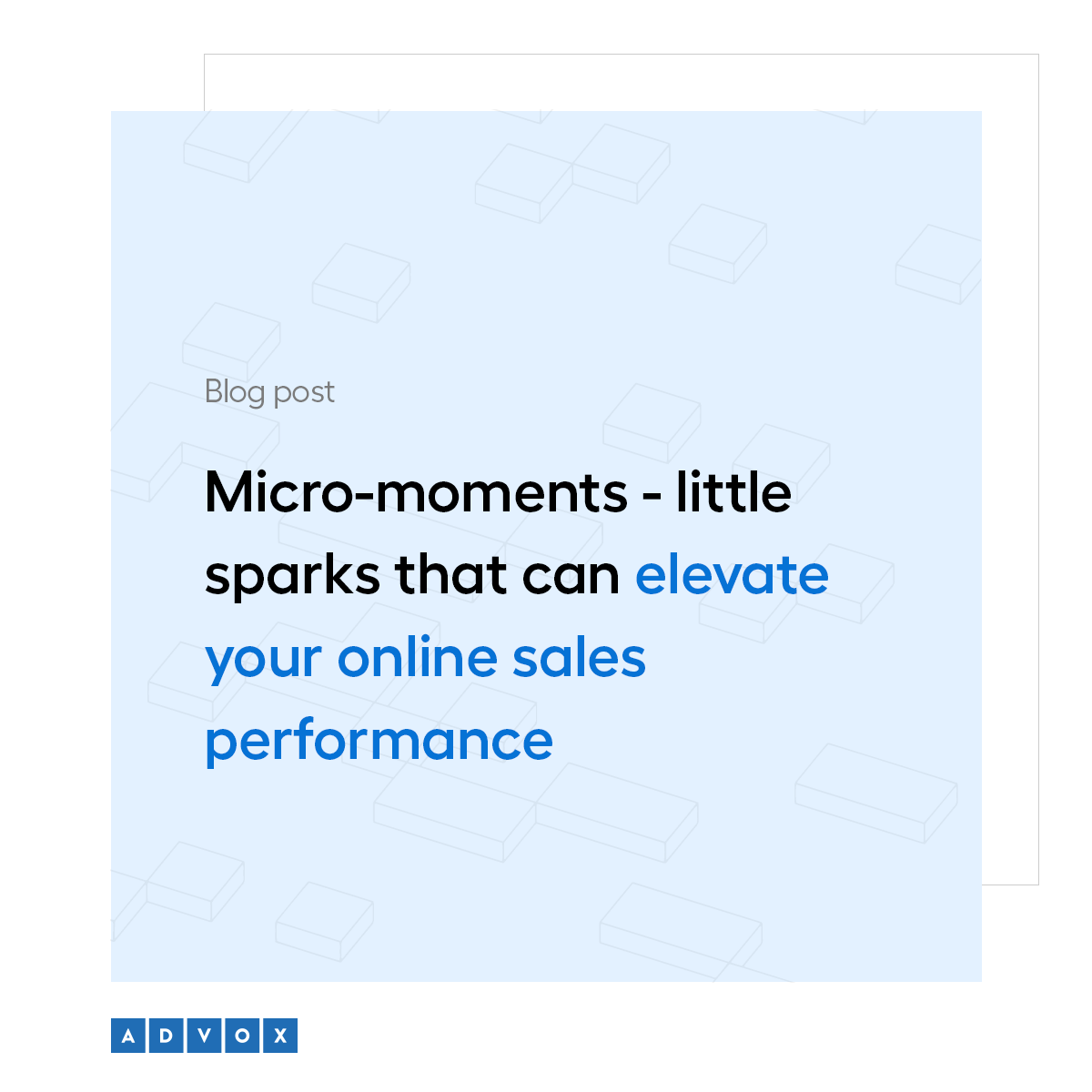When online reality merges with the offline world - what is phygital shopping?
Table of contents
- What is phygital?
- Phygital vs omnichannel - what are the differences?
- Phygital in practice - examples of use in eCommerce
- Temporary trend or long-term benefit - what will you gain by choosing phygital sales?
- Phygital - is it always worth it?
- Is there space for phygital in your online store?
- check the full assortment of the store using a tablet available in the store,
- scan the QR code of the product in the application on their smartphone to get acquainted with its detailed technical specifications,
- virtually try on clothes using the phone's camera or a special mirror in the boutique,
- pay for purchases made in-store using their phone.
- Immediacy - the fast pace of life means that shoppers expect to be able to get information about products and make purchases anytime, anywhere.
- Immersion - phygital experiences are designed to be engaging and absorbing for the customer, providing them with information and entertainment in real time. Such sensations are guaranteed by, among others, virtual fitting rooms, 3D visualizations or product presentations in augmented reality.
- Interaction - phygital focuses on interaction and dialogue with the customer. An example is a chatbot that answers questions in real time, helping them choose a product.
- a competitive advantage - phygital is still a relatively new trend, and companies that are able to use it effectively will gain an advantage over those that still rely on traditional sales methods.
- a group of loyal customers - unique and immersive shopping experiences, e.g. augmented reality visualizations, will make customers remember the purchase process itself for a long time, thus building a stronger relationship with the brand.
- improving shoppers' experience - shopping that combines the online and offline worlds is not only often easier, but also more enjoyable. Customers can use different channels and learn about products in a seamless and intuitive way.
- information about customer preferences - phygital allows real-time collection of customer data. For example, a customer who logs into an app in a store leaves information about their preferences, which can then be used in personalized communications.
- audience - carefully analyze the needs, expectations and characteristics of your customers. It may turn out that new technological solutions will not be attractive to them, because, for example, they expect a simple and quick service, and an elaborate phygital experience may prove too complicated and daunting.
- business goals - consider what goals you want to achieve and whether phygital is the best way to achieve them. For example, if you only care about rapid sales growth, it's worth using other tools, such as introducing fixed promotions or dynamic pricing. Phygital, on the other hand, will be a better solution for building long-term relationships.
- omnichannel strategy - phygital should be consistent with the omnichannel strategy pursued. It is important that all sales channels - online and offline - work together and provide a consistent customer experience.
- cost - implementing phygital solutions can be costly due to the need to adapt new technologies and the work of specialists. Remember to carefully analyze your own budget and the ratio of costs to potential benefits before deciding to implement.
Although online shopping is becoming increasingly popular, physical contact with the product is still important for many buyers. Phygital - a hybrid combination of the online and offline worlds - meets these expectations, offering customers unique shopping experiences and opening up new sales opportunities for eCommerce owners. How will the phygital shopping trend affect the future of retail? We answer this question in this article, presenting examples of the use of this trend in the industry and the benefits (as well as challenges) associated with implementing this strategy. We encourage you to read on!
What is phygital?
Wondering what phygital actually is? The term is a combination of two English words: "physical" and "digital." In the context of retail, it means combining the best of both worlds - the real and the virtual.
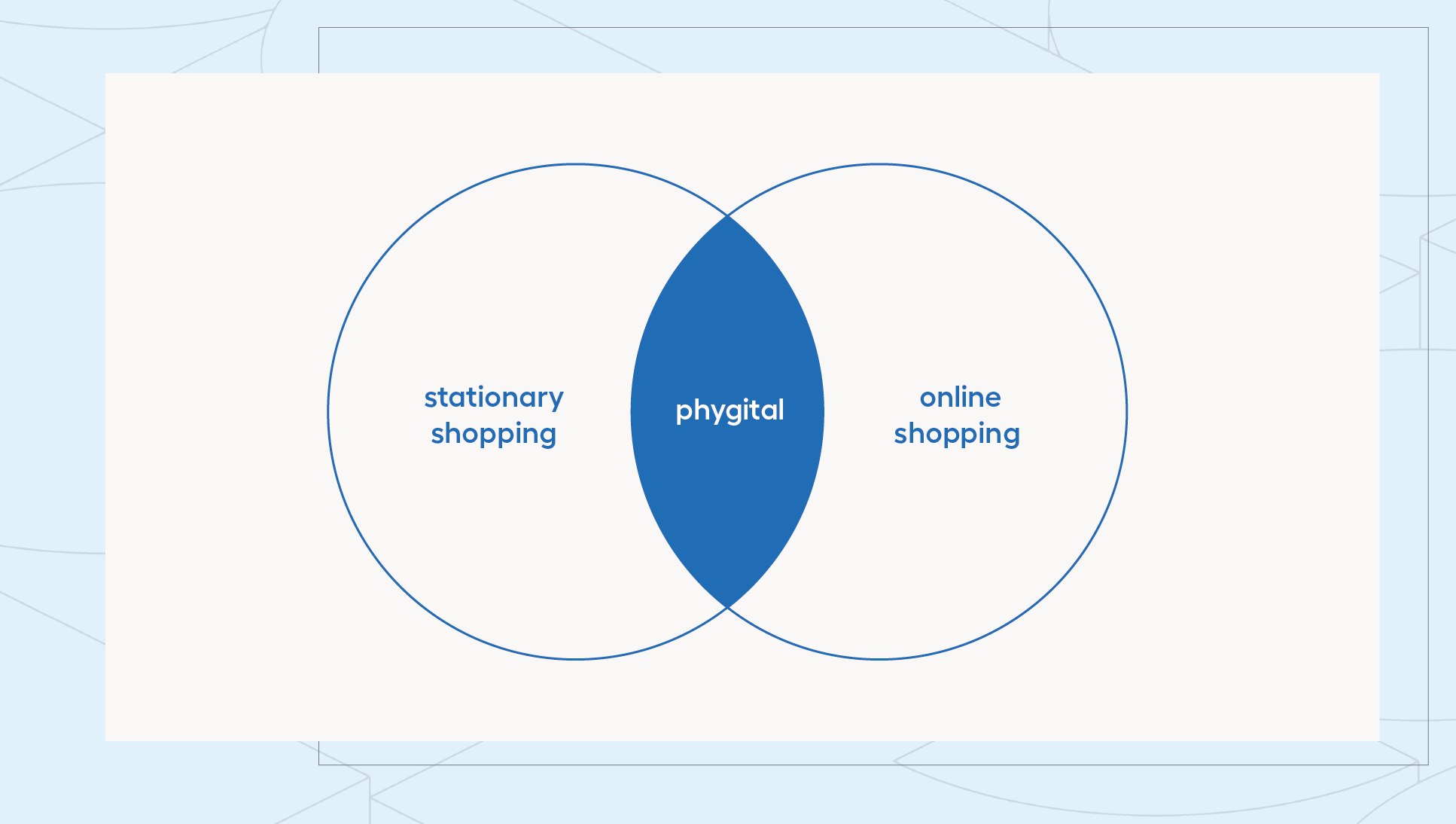
The phygital sales model integrates online and offline sales in such a way that they intermingle. Most often, such experiences are created by equipping physical stores with various digital technologies. Shoppers in this way can, for example:
Phygital blurs the boundaries between eCommerce and traditional retail, creating seamless shopping experiences. Thanks to this, the customer can simultaneously enjoy the advantages of both forms of sales - the convenience of online shopping and direct contact with the product in a stationary store.
Phygital vs omnichannel - what are the differences?
Omnichannel or multi-channel selling, has been around for several years now. This model focuses on providing customers with equally satisfying shopping experiences across all sales channels, and also allows them to be combined. For example, a customer can order a product online and pick it up in-store (click & collect service). With this in mind, it might seem that phygital is just a new name for omnichannel. Is that really the case? Not quite. Phygital differs from omnichannel in several key ways.
Phygital focuses primarily on combining both channels at the same time. This approach assumes that customers move seamlessly between physical and digital touchpoints while shopping. Additionally, there are 3 main features that distinguish phygital from omnichannel in eCommerce:
Phygital is therefore not just another buzzword, but a new stage in the development of (e-)commerce. It meets the expectations of modern customers who expect a seamless and personalized shopping experience regardless of the channel they use.
Phygital in practice - examples of use in eCommerce
You have already learned the definitions and theoretical assumptions of selling using the phygital trend. Time for practice! See how phygital is implemented in various eCommerce companies - from industry giants to smaller online stores. Curious? Get inspired.
Nike - online shopping in a stationary store
In Nike stores, customers can use shopping screens to place orders for products that, for example, are not available in the showroom at the moment. The Polish chain CCC recently introduced a similar service.
Such solutions help avoid potential customers' frustration over out-of-stock sizes and minimize the risk of cart abandonment. In addition, with the help of interactive displays store visitors can easily compare prices or check additional product information (e.g. choose the right shoe size using the esize.me service), which also has a positive impact on their experience.
Sephora - interactive mirrors
At Sephora perfumeries, customers can use smart mirrors to show how a cosmetic product looks on their face. The mirror can also display makeup tutorials and other useful information. The service is only available in select salons around the world, but any Sephora customer can achieve the same results using the app on their own smartphone. It's a great way to engage shoppers and make it easier for them to choose the right cosmetics.
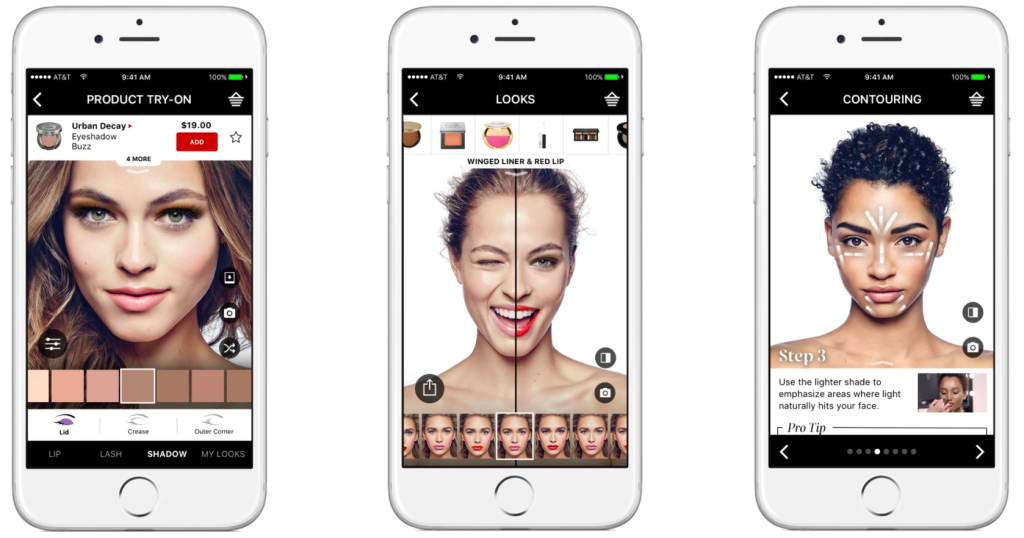 Source: https://vrscout.com/news/sephoras-ar-app-update-virtual-makeup-on/
Source: https://vrscout.com/news/sephoras-ar-app-update-virtual-makeup-on/
Ikea - scan and pay
In Ikea stores (previously only in Japan, now also in many other countries such as Poland), customers can take advantage of a service that avoids the often time-consuming waiting in line during stationary shopping. Customers can scan the product themselves in an app on their smartphone while traversing the aisles and then pay for everything by scanning the unique QR code at the exit.
A similar solution has also been successfully implemented by the Rossmann drugstore chain, which is dynamically developing their app. Using a smartphone, store visitors can scan any product and add it to their shopping cart or, for example, just check the composition of a selected cosmetic. Purchases in the app are also saved in the customer's account. This allows the app to estimate the time it takes to run out of a product and sends users a personalized reminder to "replenish" in a timely manner. This approach is an ideal example of building long-term customer relationships.
BMW - augmented reality car visualization
Phygital experiences also meet the needs of discerning automotive customers. BMW Visions is a set of tools using virtual (VR) and augmented reality (AR) that allow customers to get a closer look at BMW cars. Buyers can configure their dream car model in virtual reality (choose from different colors, rims and equipment) and then see a 3D visualization of it. In addition, using VR goggles or a smartphone camera, customers can "see" BMW in their own surroundings.
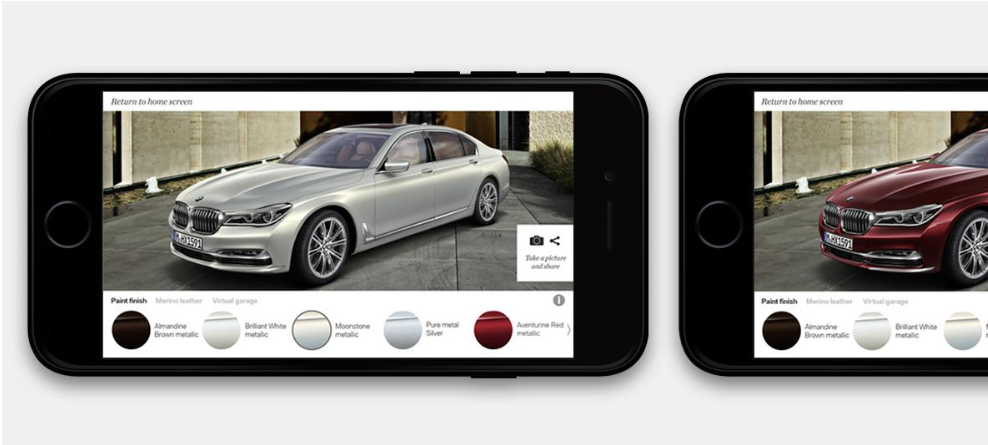 Source: https://www.bmw.co.id/en/topics/offers-and-services/bmw-apps/virtual-and-augmented-reality.html
Source: https://www.bmw.co.id/en/topics/offers-and-services/bmw-apps/virtual-and-augmented-reality.html
Temporary trend or long-term benefit - what will you gain by choosing phygital sales?
According to SalesForce, more than 70% of consumers expect consistent interactions across sales channels. Such statistics show that phytigtal is more than a trend but a response to the real needs of buyers and an opportunity for extra benefits. By choosing to sell in this model, you can gain:
Phygital - is it always worth it?
Phygital is undoubtedly a promising trend, but this does not mean that it is a universal solution for every business. When deciding to implement it, there are several key issues to consider, which are:
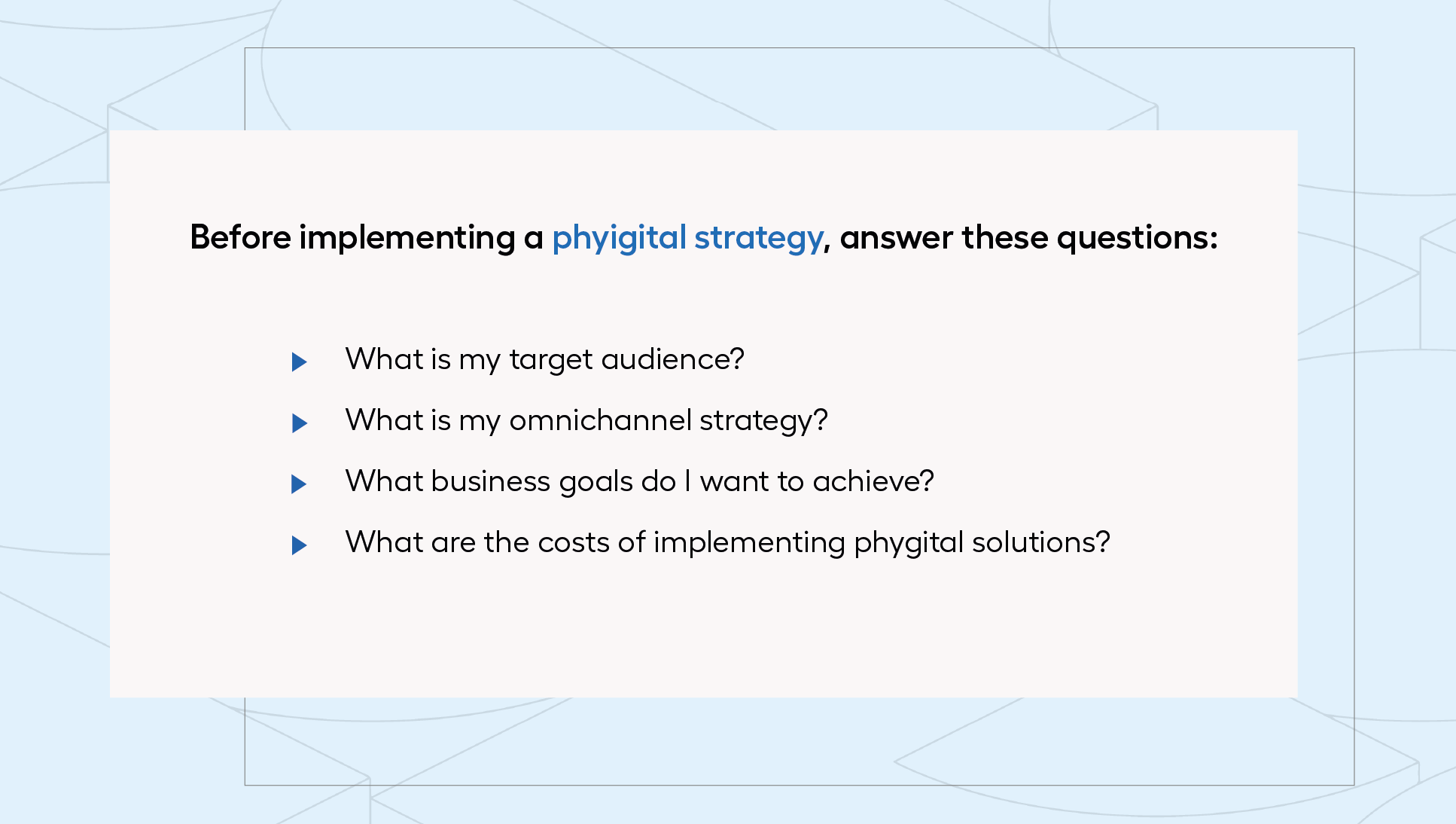
Is there space for phygital in your online store?
Phygital is a trend that perfectly reflects the current expectations of shoppers, who are looking for more than just a specific product in their purchases. Often, it is also important to create a multidimensional experience that allows them to quickly and intuitively go through the entire shopping process anywhere, anytime. However, it is important to remember that, as with any trend, phygital is not a magic recipe for success, but a tool that can help you achieve your business goals. For this reason, it is worth remembering that phygital solutions should be consistent with your brand values and respond to the real needs of your customers!

